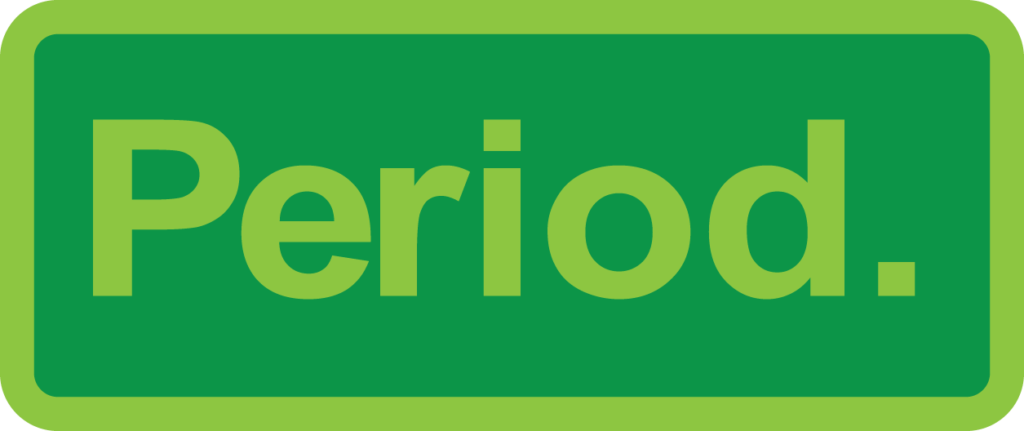The three most common punctuation marks that come at the end of a sentence are the period, the question mark, and the exclamation point. In MLA, a sentence is followed by a single space, no matter what the concluding punctuation is.
Periods
 Periods indicate a neutral sentence, and as such are by far the most common ending punctuation mark. They’ve been at the end of every sentence on this page so far.
Periods indicate a neutral sentence, and as such are by far the most common ending punctuation mark. They’ve been at the end of every sentence on this page so far.
Question Marks
 A question mark comes at the end of a question (so now you know).
A question mark comes at the end of a question (so now you know).
Direct questions obviously use question marks, but so do rhetorical questions, which writers employ to make a point, and which do not expect an answer. Often the answer is implied or obvious, e.g. “Who would have thought that invading Russia during the bitter winter of 1812 would turn out to be a disaster for Napoleon’s lightly clad troops?” At other times, rhetorical questions can be used for heightened rhetorical effect, as when Percy Bysshe Shelley ends his Ode to the West Wind with, “O Wind, / If Winter comes, can Spring be far behind?”
Polite requests framed as questions also have a question mark, even though they aren’t really seeking an answer, e.g., “Would you hold this beaker?”
Indirect Questions
Indirect questions can be used in many of the same ways as direct ones, but they often emphasize knowledge or lack of knowledge:
- I can’t guess how Admiral Nelson managed it.
- I wonder whether I looked that competent.
- The supervisor asked where the reports were.
Such clauses correspond to direct questions, which are questions actually asked. The direct questions corresponding to the examples above are How did Admiral Nelson manage it? Did I look that competent? Where are the reports? Notice how different word order is used in direct and indirect questions: in direct questions the verb usually comes before the subject, while indirect questions the verb appears second. Additionally, question marks should not be used at the end of indirect questions.
Practice
Are the following sentences direct or indirect questions? Which need a question mark at the end?
- Jackie wondered where her textbooks were
- Can you pass the scalpel
- Is anyone here
- She asked how you were doing
- Why won’t you admit I’m right
Exclamation Points
 The exclamation point is a punctuation mark usually used after an interjection or exclamation to indicate strong feelings or high volume, and often marks the end of a sentence. It’s an Internet favorite:
The exclamation point is a punctuation mark usually used after an interjection or exclamation to indicate strong feelings or high volume, and often marks the end of a sentence. It’s an Internet favorite:
!!!!!! I’m jUST SO!!!!!!
While this kind of statement is highly effective in that Internet context, it’s unconventional in a piece of writing in standardized academic English. If you want to emphasize something in an essay, you often do it through your wording rather than through an exclamation mark. Here’s F. Scott Fitzgerald on the topic, and attitudes haven’t changed much in academia in the past century, although if you feel strongly that an exclamation point will make a moment in your writing more effective, you have the right to code mesh:
Cut out all these exclamation points. . . . An exclamation point is like laughing at your own joke.
— F. Scott Fitzgerald
Candela Citations
- Text: Periods. Authored by: Lumen Learning. License: CC BY: Attribution
- Revision and Adaptation of Wikipedia content. License: CC BY-SA: Attribution-ShareAlike
- Original Icons. Authored by: Lumen Learning. License: CC BY: Attribution
- Revision and Adaptation. Authored by: Gillian Paku. Provided by: SUNY Geneseo. License: CC BY: Attribution
- Question. Provided by: Wikipedia. Located at: https://en.wikipedia.org/wiki/Question. License: CC BY-SA: Attribution-ShareAlike
- Content clause. Provided by: Wikipedia. Located at: https://en.wikipedia.org/wiki/Content_clause#Interrogative_content_clauses. License: CC BY-SA: Attribution-ShareAlike
- Exclamation mark. Provided by: Wikipedia. Located at: https://en.wikipedia.org/wiki/Exclamation_mark. License: CC BY-SA: Attribution-ShareAlike
